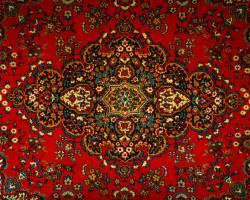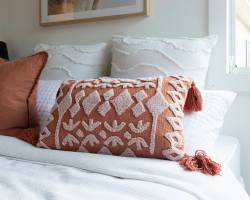
The Beige Rebellion: Why Everyone’s Wardrobe Looks the Same
Look around and you’ll see it: oat milk tones, clean lines, boxy silhouettes. TikTok girls. Instagram girls. Minimalist bros. The aesthetic du jour is neutral, and it’s everywhere. Capsule wardrobes, tonal dressing, “quiet luxury”—the new style statement is understatement. But what started as a rebellion against fast fashion chaos has now become its own kind of uniform. So, when did dressing neutral become so loud?
Beige as an Aesthetic Safe Space
At first, the neutral palette felt like a breath of fresh air. After years of neon, logos, and trend-chasing, wearing beige felt calm, intentional—like opting out of the circus. It whispered “refined,” “elevated,” “I shop with purpose.” Add in a few linen trousers and a ribbed tank top, and suddenly, you weren’t just dressed—you were curated.
But the thing about a safe space? Everyone wants in. And when everyone’s in, it stops feeling personal.
The Social Media Copy-Paste Effect
Thanks to visual platforms, fashion isn’t just what we wear—it’s what we show. And beige photographs beautifully. It flatters skin tones, harmonizes feeds, and screams cohesion. A well-lit mirror selfie in a sand-toned trench hits harder than a patterned shirt ever could in the algorithm’s eyes.
The result? Scroll fatigue. Everyone looks chic—but also eerily similar. Influencers, architects, baristas. Beige, beige, beige.
Minimalism or Marketable Identity?
There’s a fine line between having a personal style and having a “look.” Neutral dressing began as a minimalist movement—intentional, mindful, anti-trend. But brands quickly latched on, turning this quiet rebellion into a lifestyle to sell. Now, beige isn’t just a color—it’s a whole aesthetic tied to expensive candles, oversized ceramics, and matcha in matte mugs.
It’s less “I wear what I love” and more “I dress how I want to be perceived.”
The Erasure of Personality in Pursuit of Taste
The irony? In trying to rise above trend cycles, we’ve created a new one. And while beige can be beautiful, it can also become a crutch—something we hide behind when we're unsure how to be bold. It flattens individuality in favor of aesthetic approval. When everyone is chasing “timeless,” personal taste gets quietly edited out.
It’s safe, yes—but safe can also be sterile.
Beige Isn’t the Problem—Conformity Is
Let’s be clear: beige isn’t evil. There’s power in simplicity, and neutral dressing can be chic, intentional, and expressive. The issue isn’t the color—it’s the copy-paste culture that drains style of its soul. What was once a rebellion has become a rulebook.
And rules? Fashion’s never been great with those.




